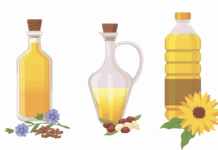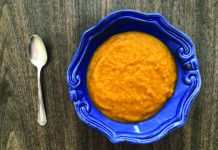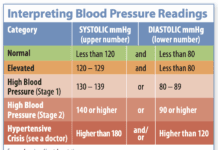Everything old is new again when it comes to grains. Data from the market-research firm SPINS shows that sales of so-called “ancient grains” grew 16.6% year-over-year in 2016, reaching almost $200 million. The most common products boasting of their “ancient” ingredients were ready-to-eat cereals, bread and other baked goods, and pastas. That report follows a 2015 Packaged Facts analysis that said one in five American adults had purchased grocery or menu items containing ancient grains in the past month.
Ancient or “heritage” grains are loosely defined as describing varieties grown before modern plant-breeding began about 1950; they include spelt, Kamut, emmer (farro) and einkorn wheat. Heirloom varieties of other common grains might also be considered ancient grains, according to the Whole Grains Council, along with foods “largely ignored until recently by Western palates” such as sorghum, teff, millet, quinoa and amaranth. Some ancient grains are more nutritious in their whole form than refined grain products, but are not necessarily better for you than modern whole grains. (Read more about ancient grains in the June 2015 newsletter.)






















